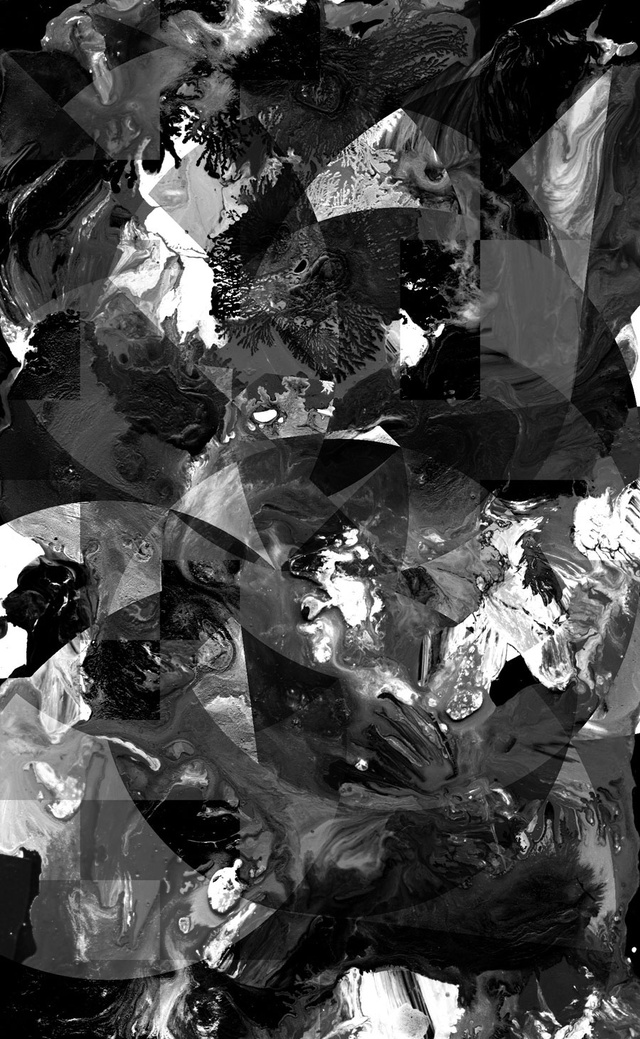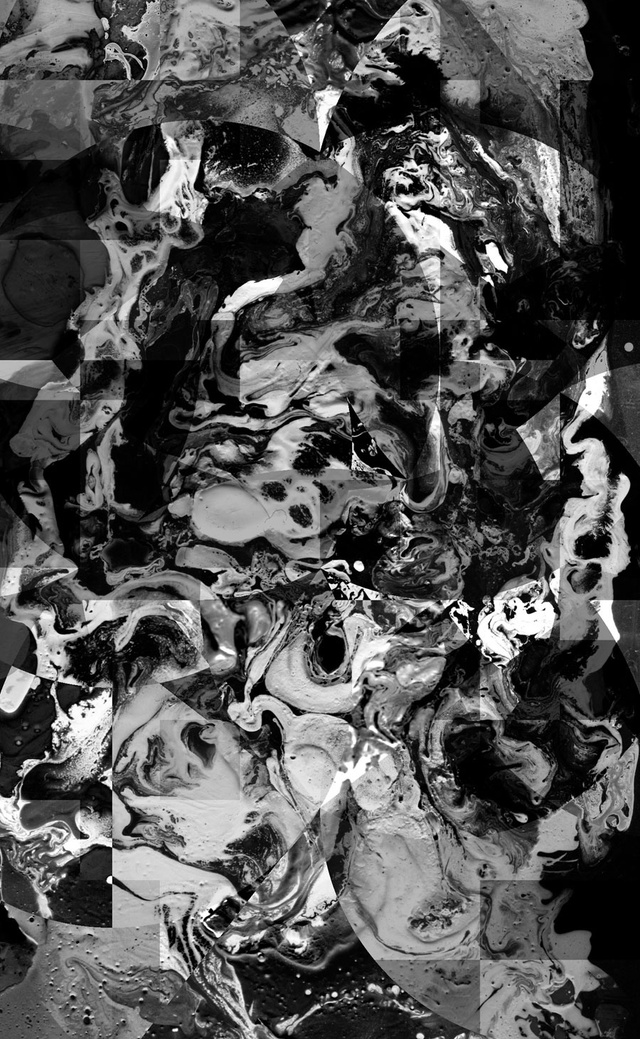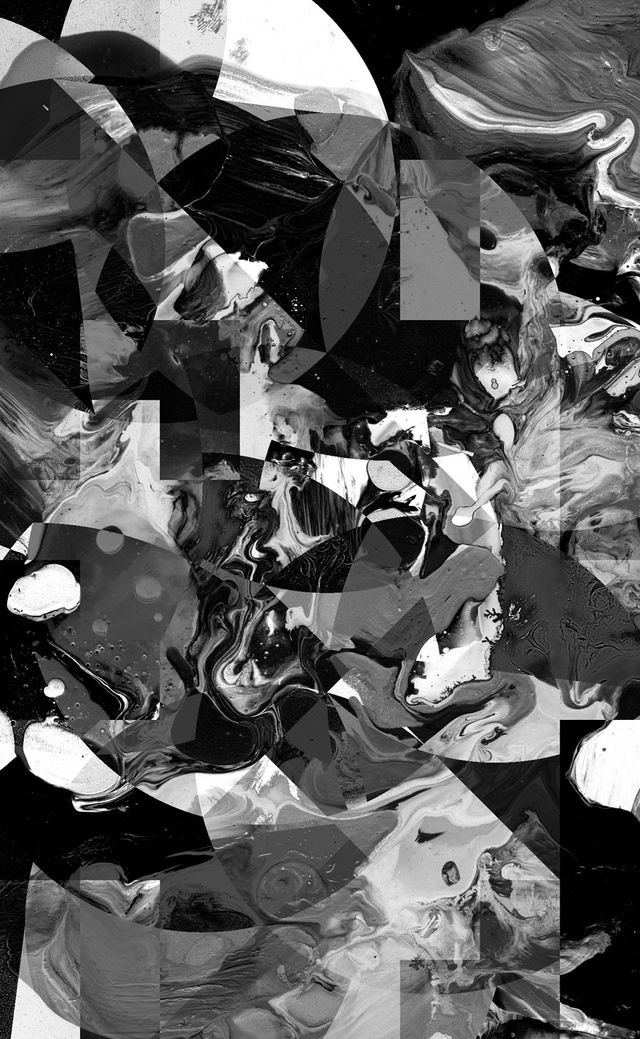Projects
Capitulation of Discourse

Strong areas of economic growth coexisting with fragile socio-political scenarios is leading the peculiar cultural needs of such an extensive region as the MENA and others countries in the southern hemisphere to amalgamate, which is a hard concept to consider. As an artist, I try to regard the issue through the faculty of art, for which the problem of regional maintenance and development of each cultural space should be considered from a neutral standpoint. Neither the north is central, nor the south is under – these subjective affiliations must be devalued in order to move forward. My focus lies closer to the possibility of art as a space in itself, from where I would like to present a more precarious but necessary question: how relevant is art today as a tool for the reunification of a demoralized social fabric?
Amidst continuous structural and ethical decomposition, the destabilizing unrest present in many countries, and the high contrast produced by the interests of power and wealth over humanitarian goals, what changes or benefits can art offer to humanity today? We all see, for example, the changes offered by science: tangible advances are radically changing our lives, for better or worse. But what does art stand for and should it be concerned about whether, in our confined relation to the world, changes or effective identifications are produced at all?
'The more visionary the idea the more people are left behind.'
This is a line in David Cronenberg's 2011 film, which was an adaptation of Don DeLillo's novel Cosmopolis (2003). It describes a certain disparity in a scene between a mob on the street outside and a couple inside a limousine. The mob is protesting the changes imposed upon them and resorting to anger or extremism, antagonized by their own reality, and the scene can be exported to most places today. In a globalized world that maintains binary notions such as centres and peripheries, art has become captive to the industrialization of everything and the importance of brands and status over the fear of losing ground. There is 'zombie art', as Jerry Saltz described in a recent article –[1] images that imitate (even unknowingly) more successful ones, and not for the right reasons. Not because we learn by copying, as it has been historically the case in many Asian countries, but because we profit more by a branding simulation that conveys minimum shifts of meaning.
Only when dissent from these correlations has managed to make a footprint have we been gifted with art forms that have transcended our location. These forms that go beyond the mere illustration of the particular pathology of a society or dogmas of a time have elevated us, but it would seem that we don't have enough time for processing such things any longer, or maybe it costs too much. It is true that art, or perhaps artists, have largely survived thanks to the eternal attachment to the 'umbilical cord of gold', as Clement Greenberg described many years back, and that has often blurred the aim. All mere ideological and convenient decisions tend to refute all access to a bigger picture.
Should we then accept art expressions today as a modernity that subjugated the banality of tautology and bourgeois affairs to sustain its financial needs? Or as the propaganda of a political militant force that pretends dissent, but that require the problems to be maintained intact indefinitely to survive as an expression of art?
While inequality widens, more wars break out and apathy enthrones entertainment, this first question leads to other depths: do we no longer see art as a necessary form of acquiring empathy? Have we lost the capacity to renounce ourselves to the relevance of its non-meaning and the contingency of its expression through and beyond us in exchange for quick turns of phrases, sloganism, and the technological aestheticizing of everything, just because we can or need distraction? What is this teaching us about ourselves? How is it effectively helping us as humans, not just citizens, to move forward? If we were to start over, mapping our relations to counterbalance the current fault, perhaps new values would be put in operation.
111 years ago, the artist Martin Malharro published an essay concerned with similar issues, at time of economic wealth but cultural polarity in Argentina, struggling to understand his position as an artist/painter in the world and his land, independent from Europe as a cultural colonizing force. I have translated the essay with the intention of indicating neither origin nor direction of the mixed-up, but because I think it presents a prevalent concern. Despite its old fashion style this essay recalls history not in a melancholic fashion but as a fundamental referent for future events, and if we would freely change the dates and name to any other region in the southern hemisphere today, within each specific reality it may still become applicable:
…It is possible, and one must, make a national art but we must agree over this matter. The fact of an artist being born in Argentinian territory does not imply that his/her oeuvre is of national character; the mere fact of painting a creole scene neither implies an art of our own. To support national painting it is necessary to forget almost everything we have learned from the European schools. It is required that, face-to-face with the nature of our country, we search its mysteries, exploring the sign, the appropriate means for its interpretation, even if by doing so we become detached from all known precepts, acquired from masters in whichever form. Even if we have studied and assimilated all the best from the European schools, our art ought to find roots in our country, wholly adapting to its conditions, natural, historical and social principles. Only within these conditions will we have, in time, an art that can be called ours. Anything else is aberration that, deceiving one another, leads to no conclusion.
We are all successors of some European schools. Three trends are evidently visible in our production: French, Italian, Spanish – we ignore that these schools would perhaps be the first to modify if they would have to interpret our environment. This spirit of assimilation that differentiates us, and characterizes us, can be of great advantage in other forms of human activity; but in the domains of art, in any of its manifestations, represents the biggest danger, becoming one of the most powerful hurdles that will oppose to the flourishing of something with national character…We believe therefore in a national art, an art original as is our nature; an art with distinctive character, clearly defined, sincere, with personal means of expression, a healthy art, courageous and original as it is Sarmiento's 'Facundo'.[2]
According to a French magazine, Buenos Aires is today one of the South American capitals that spends the most in art. The calculation of the newspaper estimates the capital has spent in the last year more than 200,000 pesos in paintings. Of these works, only a few represent any artistic value. The majority have been conceived and executed with a purely commercial aim and are simply industrial products. And all these paintings have had their apologists in the press, whom have contributed to this singular result with their avocation: misleading the public, satisfying on the other hand, the ambitions of unscrupulous peddlers. We need therefore a moderating critic of such advances to the good will of an audience that starts today to be seriously concerned in these matters.
Thus we assume that all the foreign artists arriving are great talents and that all the work they send to us are works of genius, but it is necessary to finally say it: true manifestations of art hardly arrive in Buenos Aires. This is the market of signatures, which have had their vogue in one, or another country slow in its artistic evolution, and not more. This doesn't mean that we should discard in any form, foreign expressions, either coming from abroad or produced here, but we should study and assess them, and regard them at their true value. We believe it is a duty of those that have specialized in these matters, to face them frankly and resolutely, ignoring the resistance and hostility that it may produce. [3]
Although today many of us belong to many places at once, which already affects the way we engage with the world, we can agree from Malharro's essay that individual capacities should be seen as important and central to themselves and not in competition for supremacy against another; these variants remain particles of a bigger and more elegant picture.
While our 'civilized' world claims definitions of its borders and constituents for political and economic reasons, I believe true art is still the arena for real dissent, the interruption to definitions of south and north, in which the cultural variants can paradoxically find refuge and not be considered peripheral to anything. It is in the stagnation and opposition to the ideological machinery of self that art can offer a mediating and meditative grey zone, a map of geographical empathy. Given such a case we would not longer need to stop being what we are, nor request from the other to be what we expect of them. We need to project this form of art using local languages to ease these universal questions.
[1] Jerry Saltz, 'Zombies on the Walls: Why Does So Much New Abstraction Look the Same?' Vulture, 17 June 2014 http://www.vulture.com/2014/06/why-new-abstract-paintings-look-the-same.html.
[2] Full title: 'Facundo: Civilización y Barbarie'.
[3] Martin Malharro, 'Pintura y escultura: reflexiones sobre un arte nacional,' in Cuadernos de viaje: artistas argentinos en Europa y Estados Unidos (1880-1910) (Buenos Aires: Fondo de Cultura económico, 2008), pp.245-251. The full text in Spanish can be read here: http://icaadocs.mfah.org/icaadocs/THEARCHIVE/FullRecord/tabid/88/doc/1125302/language/en-US/Default.aspx.








